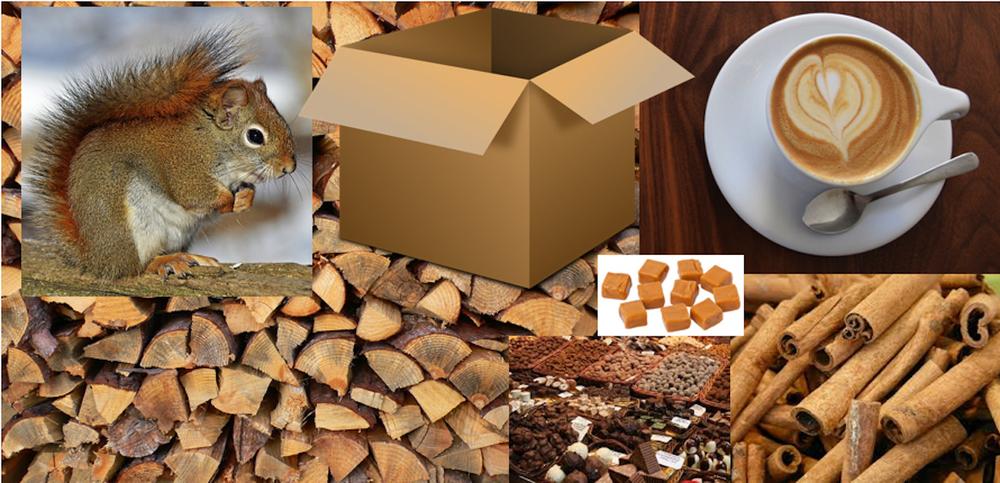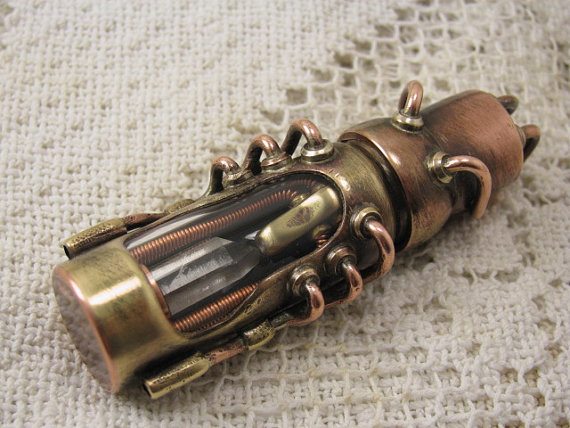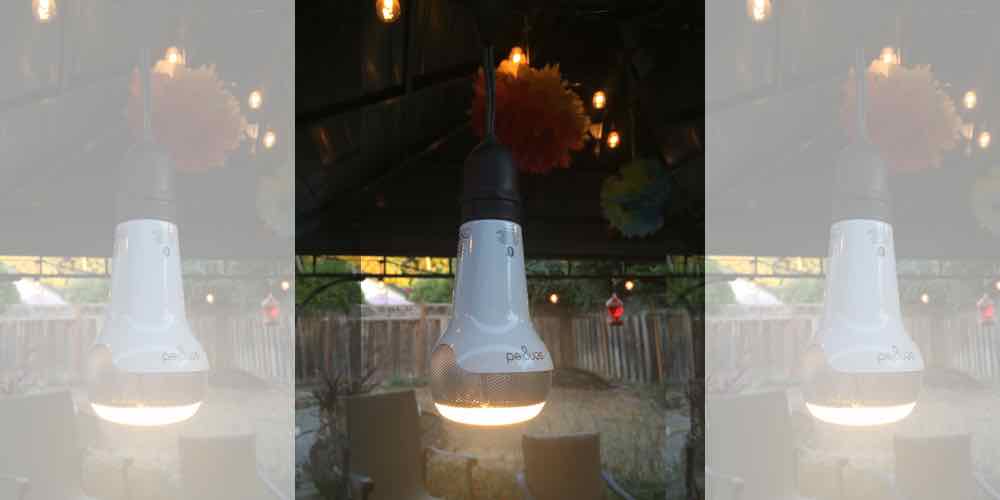
Disclaimer: This blog post provides general information and discussion about medicine, health and related subjects. The words and other content provided in this blog, and in any linked materials, are not intended and should not be construed as medical advice. If the reader or any other person has a medical concern, he or she should consult with an appropriately-licensed physician or other health care worker.
With the arrival of summer, our thoughts often turn to the great outdoors. Elevated temperatures and increased physical activity bring with them an increased need for adequate hydration. For most children and adults, simple water suffices. In fact, the American Academy of Pediatrics released a statement in 2011 asking that physicians “Promote water, not sports or energy drinks, as the principal source of hydration for children and adolescents.”
For those of a more active persuasion, or on especially hot days, the body requires replacement of what we call electrolytes, mostly elements like sodium and potassium that keep our electrical systems firing at optimum capacity. These chemicals also balance the flow of water into and out of our cells. Most of the electrolytes we need come from food, but several products can be used to get fluids and electrolytes in one package.
Unfortunately, drinking salt water – which definitely contains plenty of sodium, chlorine and potassium – will often just make you vomit. That’s the exact opposite of what you want to achieve. Instead, there are multiple drinks we call rehydration fluids that are used to bring fluids and nutrients (things like electrolytes and sugar) into the body and out to the cells. With the number of drinks available, it can be difficult to determine which are both helpful and safe. From “energy drinks” to “sports drinks” to “oral rehydration solutions,” the options are numerous, and poor choices could ultimately do more harm than good.
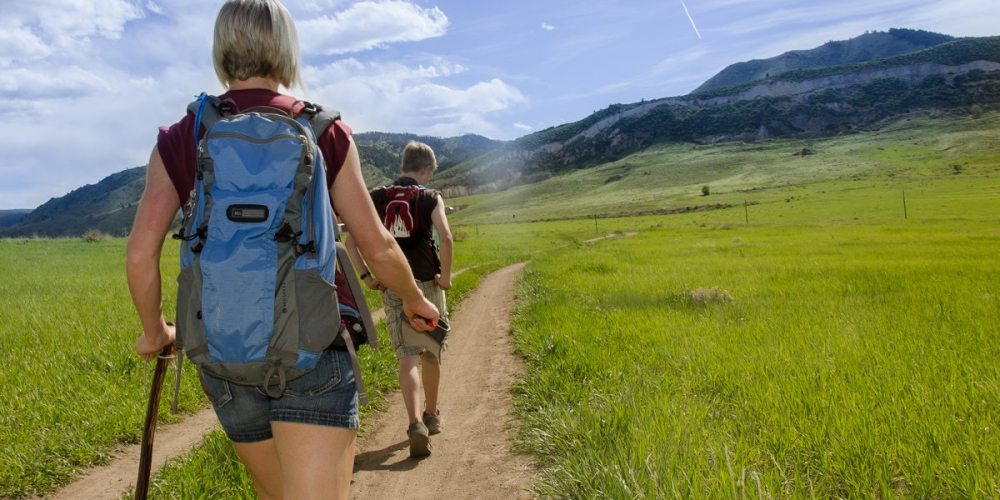
A recent article from the BBC highlights one of the dangers found in some rehydration fluids – caffeine. Caffeine is a stimulant found naturally in coffee and cocoa, but is often added to soft drinks and energy drinks – like Red Bull, Monster, and many others – to improve alertness and to combat fatigue. In fact, high level athletes sometimes use caffeine as a legal performance enhancer. In small doses, it has been shown to improve reaction times and alertness, but does little to combat fatigue or improve concentration significantly. It also acts as a diuretic – it makes you pee more – which can lead to further loss of fluids.
In addition, energy drinks often contain other naturally occurring compounds that can lead to health problems. Guarana, a plant extract, acts similarly to caffeine, causing significant increases in heart rate and blood pressure. Taurine, an amino acid isolated first from ox gallbladder, causes increases in the intensity of muscle contraction, most dangerously in the heart muscle. While both of these compounds can be safe in small amounts, most energy drinks include large amounts per serving, which could lead to issues like heart palpitations or arrhythmyias. In general, most health organizations recommend against using energy drinks and caffeinated fluids for rehydration.
Conversely, sports drinks – like Gatorade or PowerAde – contain water, salts, sugar, and trace minerals often lost in the process of sweating. While they contain fewer potentially dangerous additives than an energy drink, these fluids often contain large amounts of sugar. Lots of sugar may be necessary for high level athletes or anyone performing extremely intense exercise for several hours, but the average student athlete or recreational runner really only needs a little bit of sugar to replace what has been lost. Low-sugar sports drinks are one acceptable alternative, but the World Health Organization also publishes a recipe for rehydration fluid, often used in places where dehydration is common. It contains a set amount of table salt, sugar, and potassium salts. These chemicals are the bare minimum we need to replace after sweating while working out or being active. You can even purchase the pre-made salt packets to make your own oral rehydration solution at most sporting goods or general goods stores.
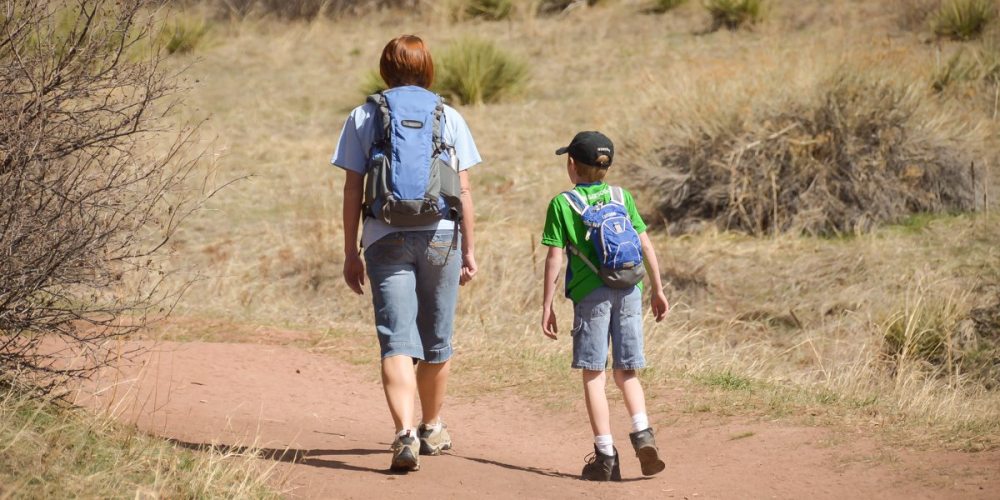
Generally, most active individuals should stop every 30-60 minutes to hydrate, especially on hot or humid days. This is even more important for children, as they have a high surface-to-volume ratio and lose fluid rapidly in the heat. If you feel dizzy, light-headed, or otherwise unwell, stop your activity, find a safe place to sit down, and let someone know you aren’t feeling well. There’s no shame in asking for help, so when in doubt or if you have any questions, contact a medical professional.


